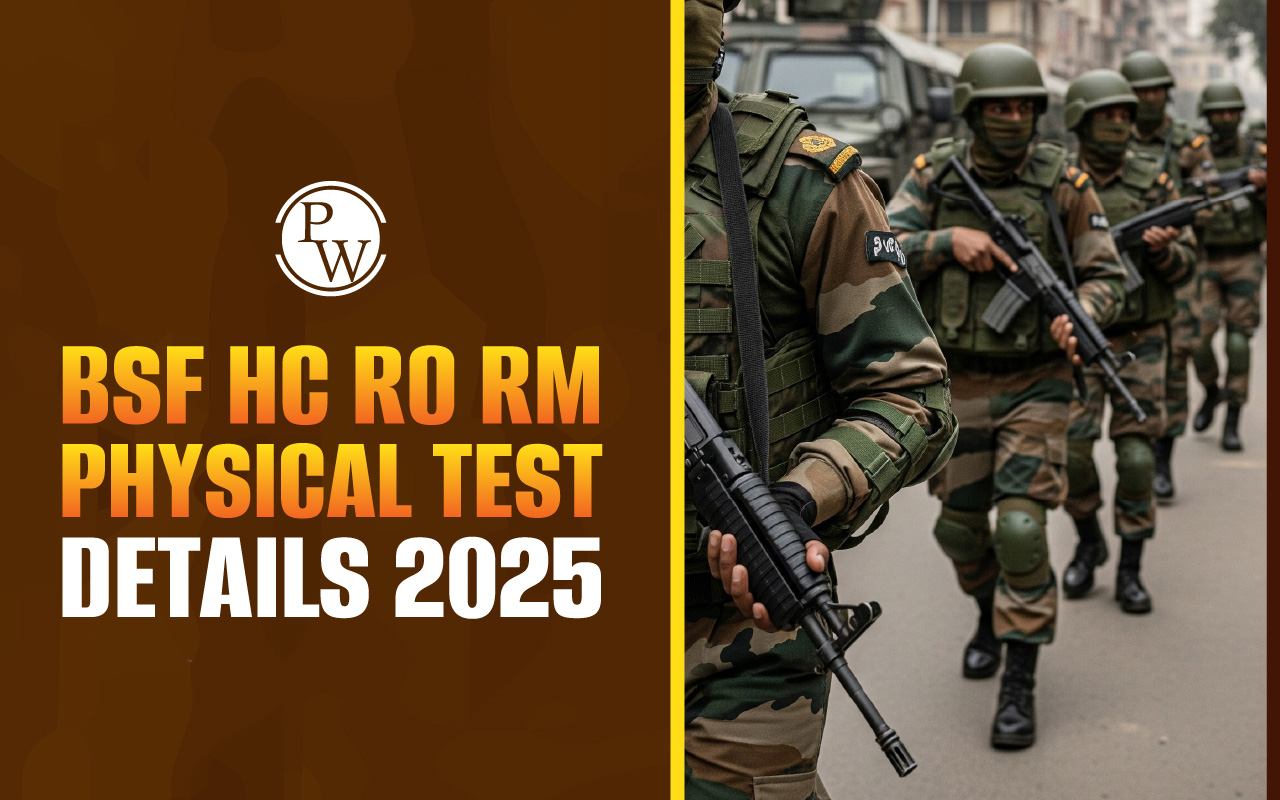
THAAD Missile System: The Terminal High Altitude Area Defense (THAAD) missile system is one of the most advanced air defense systems developed to protect against short, medium, and intermediate-range ballistic missile threats. Operated by the United States, THAAD provides a critical layer of defense against incoming missile threats by intercepting and destroying them before they reach their intended targets. This system plays a pivotal role in regional and homeland security, offering a unique blend of mobility, precision, and high-altitude interception capabilities.
In this article, we will explore the key features of the THAAD system, its components, operational capabilities, and its strategic significance.Features of THAAD Missile System
THAAD is designed to shoot down short to intermediate-range ballistic missiles in their terminal phase, i.e., the phase after the missile re-enters the atmosphere. It uses "hit-to-kill" technology, where the missile intercepts and destroys the target through direct impact, rather than an explosive warhead.| Feature | Description |
|---|---|
| Missile Range | 200 km (124 miles) effective range |
| Altitude of Interception | Up to 150 km (93 miles) |
| Speed | Interceptor missile travels at speeds of over Mach 8 (around 9,800 km/h or 6,000 mph) |
| Targeting | Radar-guided, hit-to-kill technology, using ground-based radar systems to locate and track incoming missiles |
| Mobility | Highly mobile; it can be rapidly deployed and transported via air, sea, or land. |
| Launch Mechanism | Launcher is designed to hold up to eight interceptors that can be fired individually or in rapid succession. |
| Radar System | AN/TPY-2 radar system, providing early detection and real-time tracking of incoming threats. |
Components of the THAAD System
The THAAD system consists of several key components that work together to intercept and neutralize incoming missile threats. Here’s a look at the primary elements:- Interceptors (Missiles): THAAD's interceptors are designed to hit incoming ballistic missiles in their terminal phase, using kinetic energy rather than explosive warheads. This "hit-to-kill" approach eliminates the risk of nuclear, chemical, or biological fallout from destroyed missile warheads.
- Radar System (AN/TPY-2): The AN/TPY-2 radar system plays a crucial role in tracking incoming missile threats. It provides early detection, continuous tracking, and guiding information to the interceptor missile for a precise strike.
- Launcher: The launcher is highly mobile and can be transported on trucks. Each launcher holds up to eight interceptors that can be rapidly fired during an engagement. The launchers are reloadable and can be transported via aircraft or ship to different locations as needed.
- Fire Control and Communications: This component integrates the radar data and coordinates between different THAAD units to ensure timely interception. It uses secure communication links to maintain a cohesive and responsive defense network.
Operational Capabilities of THAAD
THAAD’s operational capabilities are geared towards providing an effective and versatile defense against a wide range of ballistic missile threats. Below are the highlights:| Capability | Details |
|---|---|
| High-Altitude Interception | Capable of intercepting missiles both inside and outside the Earth’s atmosphere, providing defense at long distances. |
| Global Deployment | Due to its mobility, THAAD can be deployed globally to counter missile threats. Currently, it is operational in the U.S., South Korea, Guam, and more. |
| Layered Defense | THAAD works in conjunction with other missile defense systems such as the Patriot missile system and Aegis Ballistic Missile Defense for a layered defense. |
| Interoperability | THAAD can integrate and operate with other defense systems from NATO and U.S. allies, providing a comprehensive and cohesive defense grid. |
Strategic Significance of THAAD
THAAD plays a vital role in safeguarding national and regional security. Its strategic value can be categorized into several areas:- Regional Stability in the Asia-Pacific Region: The deployment of THAAD in South Korea was a major development in response to North Korea's ballistic missile threats. THAAD provides the U.S. and its allies with a reliable defense mechanism that deters regional conflicts and enhances stability.
- Homeland Defense: While designed to defend against regional missile threats, THAAD can also contribute to the U.S. homeland defense when combined with systems like the Ground-Based Midcourse Defense (GMD).
- Global Missile Defense Networks: THAAD's interoperability with NATO and other U.S. allies strengthens global security alliances and ensures a shared, resilient defense posture. The system's integration with naval-based Aegis systems and ground-based Patriot missile batteries forms a robust, multi-layered defense.
- Countering Emerging Threats: As more countries develop advanced missile technologies, THAAD’s ability to intercept faster, more sophisticated threats becomes increasingly important. Its agility and responsiveness allow for quick deployments to areas of heightened tension, providing a rapid shield in volatile regions.
THAAD vs Other Missile Defense Systems
THAAD is part of a comprehensive missile defense network, but it stands apart due to its unique high-altitude interception capabilities. Here's how it compares to other missile defense systems:| System | Range | Interceptor Altitude | Role |
|---|---|---|---|
| THAAD | Short to intermediate | Up to 150 km | High-altitude interception during the missile’s terminal phase. |
| Patriot PAC-3 | Short range (up to 100 km) | Lower altitude (up to 40 km) | Designed for lower altitude interceptions, particularly for shorter-range missiles. |
| Aegis BMD | Medium to long range | Varies, can intercept in space | Provides ship-based missile defense, often for long-range threats. Can be deployed on destroyers and cruisers. |
Future of THAAD Missile System
The THAAD missile system will continue to be a cornerstone of the U.S. and allied missile defense strategies. Ongoing advancements in radar technology, communication systems, and interceptor capabilities will further enhance the system's ability to counter emerging threats. Future updates to the THAAD system may involve integration with other next-generation defense technologies, including space-based sensors and artificial intelligence, to predict and intercept missile threats with even greater accuracy. In conclusion, The THAAD missile system is one of the most effective and advanced missile defense systems in the world. With its unique ability to intercept ballistic missiles at high altitudes, it provides a critical layer of defense against a variety of threats. As global missile technologies evolve, THAAD will continue to be a key asset for the U.S. and its allies, ensuring that they remain protected from potential attacks. By combining mobility, precision, and high-altitude capabilities, the THAAD system offers unmatched defense potential, making it a vital tool in maintaining global security.
THAAD Missile System FAQs
Q1. What is the THAAD Missile System?
Ans. THAAD (Terminal High Altitude Area Defense) is a missile defense system designed to intercept and destroy ballistic missiles in their terminal phase using hit-to-kill technology.
Q2. How does the THAAD system work?
Ans. THAAD intercepts incoming missiles by using radar to track them, launching interceptors to destroy the target in the atmosphere or just outside, using kinetic energy without explosives.
Q3. What is the range of the THAAD missile?
Ans. THAAD has an interception range of up to 200 km (124 miles) and can engage missiles at altitudes up to 150 km (93 miles).
Q4. Which countries use the THAAD system?
Ans. The THAAD system is used by the United States, South Korea, the United Arab Emirates, and has been deployed temporarily in other regions like Guam.
Q5. What threats does THAAD defend against?
Ans. THAAD defends against short, medium, and intermediate-range ballistic missile threats, offering high-altitude interception to protect areas and critical assets.
🔥 Trending Blogs
Talk to a counsellorHave doubts? Our support team will be happy to assist you!

Check out these Related Articles
Free Learning Resources
PW Books
Notes (Class 10-12)
PW Study Materials
Notes (Class 6-9)
Ncert Solutions
Govt Exams
Class 6th to 12th Online Courses
Govt Job Exams Courses
UPSC Coaching
Defence Exam Coaching
Gate Exam Coaching
Other Exams
Know about Physics Wallah
Physics Wallah is an Indian edtech platform that provides accessible & comprehensive learning experiences to students from Class 6th to postgraduate level. We also provide extensive NCERT solutions, sample paper, NEET, JEE Mains, BITSAT previous year papers & more such resources to students. Physics Wallah also caters to over 3.5 million registered students and over 78 lakh+ Youtube subscribers with 4.8 rating on its app.
We Stand Out because
We provide students with intensive courses with India’s qualified & experienced faculties & mentors. PW strives to make the learning experience comprehensive and accessible for students of all sections of society. We believe in empowering every single student who couldn't dream of a good career in engineering and medical field earlier.
Our Key Focus Areas
Physics Wallah's main focus is to make the learning experience as economical as possible for all students. With our affordable courses like Lakshya, Udaan and Arjuna and many others, we have been able to provide a platform for lakhs of aspirants. From providing Chemistry, Maths, Physics formula to giving e-books of eminent authors like RD Sharma, RS Aggarwal and Lakhmir Singh, PW focuses on every single student's need for preparation.
What Makes Us Different
Physics Wallah strives to develop a comprehensive pedagogical structure for students, where they get a state-of-the-art learning experience with study material and resources. Apart from catering students preparing for JEE Mains and NEET, PW also provides study material for each state board like Uttar Pradesh, Bihar, and others
Copyright © 2025 Physicswallah Limited All rights reserved.












